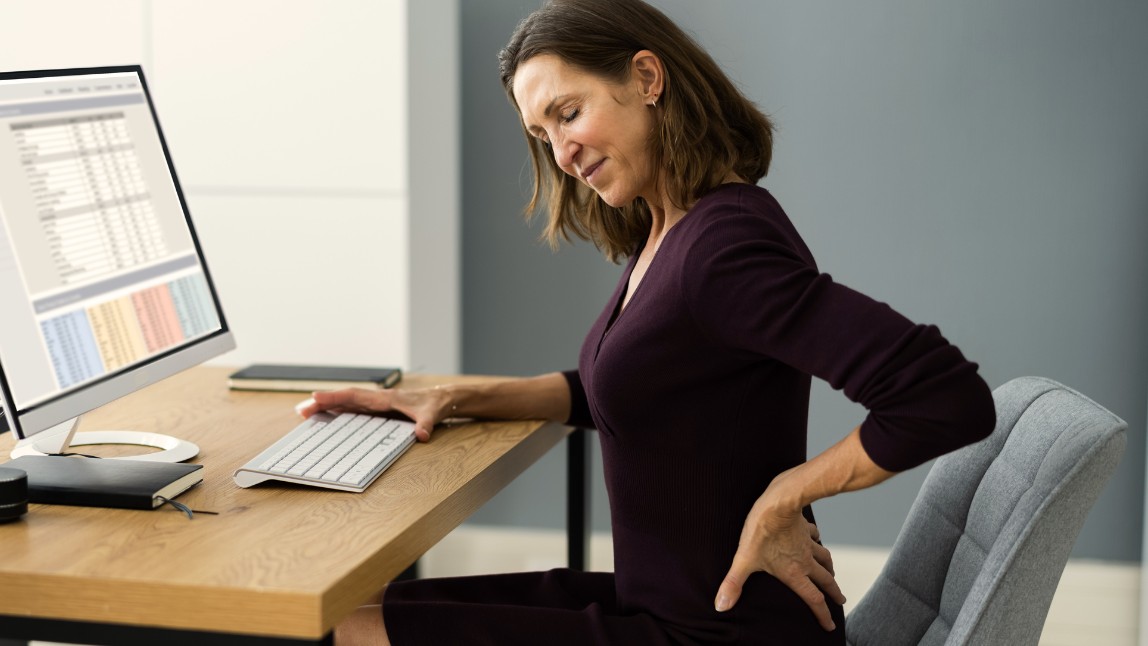
Empowering Postpartum Women: Overcoming Pelvic Floor Dysfunction
Postpartum Pelvic Floor Dysfunction (PFD) can bring unexpected challenges, but with the right knowledge and support, recovery is within reach. Learn more about how to manage and overcome PFD.
5 min read

Further Reading
-
 Don’t let pain hold you back—here are five essential tips to help you prevent and manage back, joint, and chronic pain.5 min read
Don’t let pain hold you back—here are five essential tips to help you prevent and manage back, joint, and chronic pain.5 min read -

Workplace Ergonomics: Tips for a Pain-Free Workday
Spending hours at your desk each day can take a toll on your body, but with a few simple ergonomic adjustments, you can make your workspace more comfortable and reduce the risk of MSK issues.3 min read -

Closing the Gap in Musculoskeletal Care
Find out how tackling financial and geographic barriers in musculoskeletal care can empower employers and payers to improve health equity and reduce costs.3 min read
